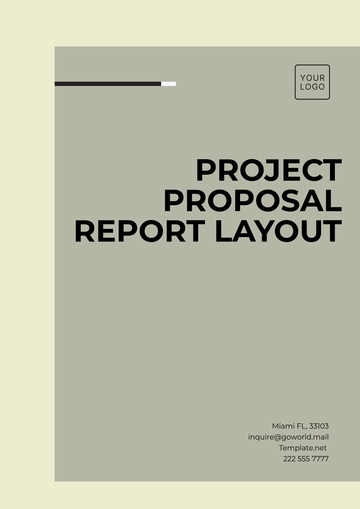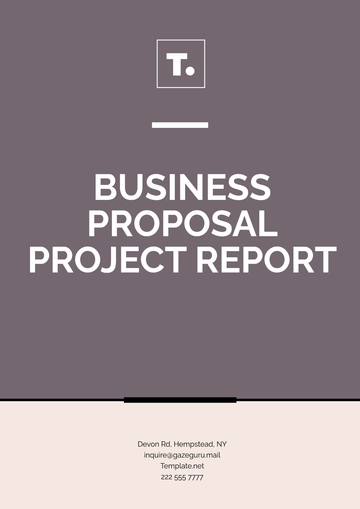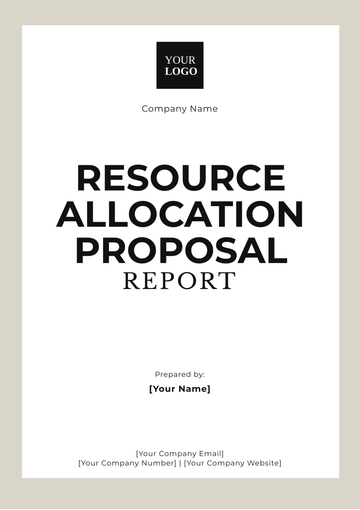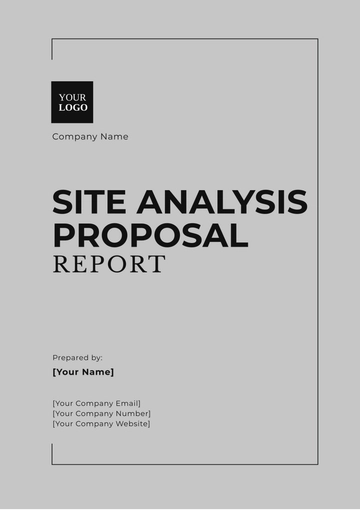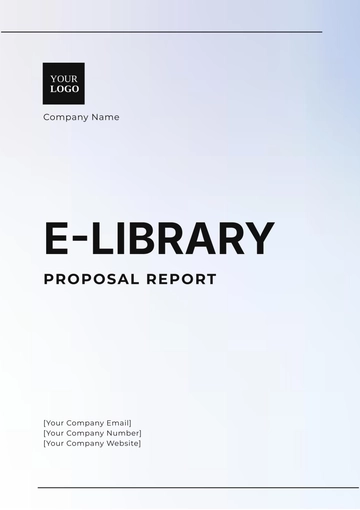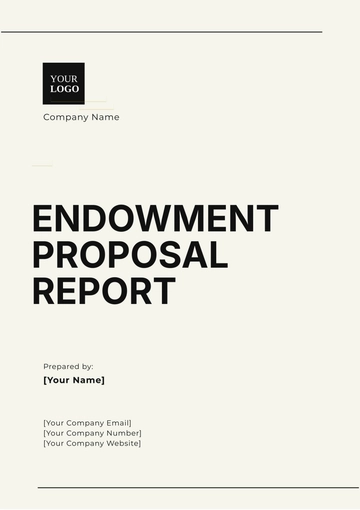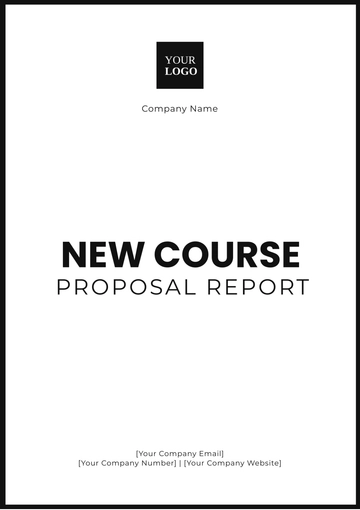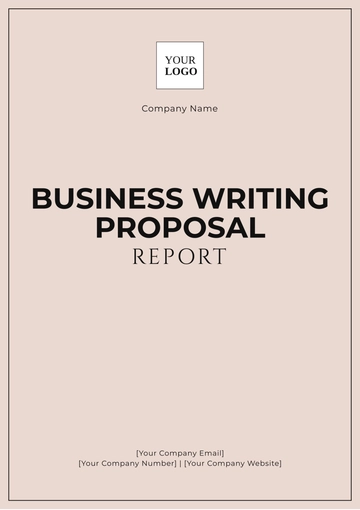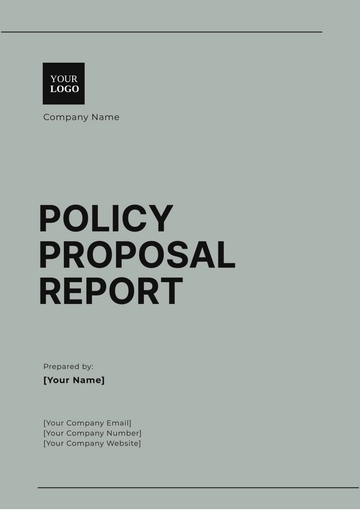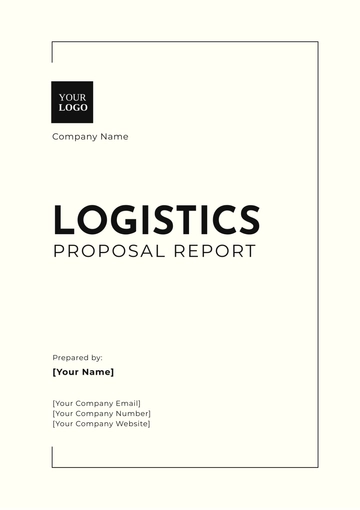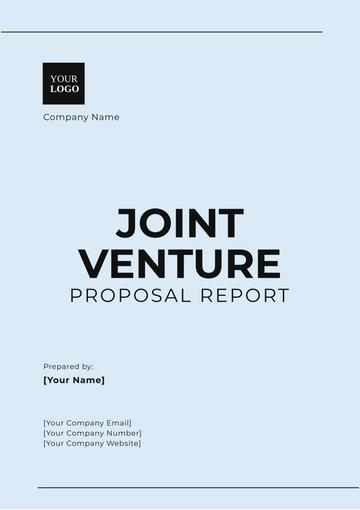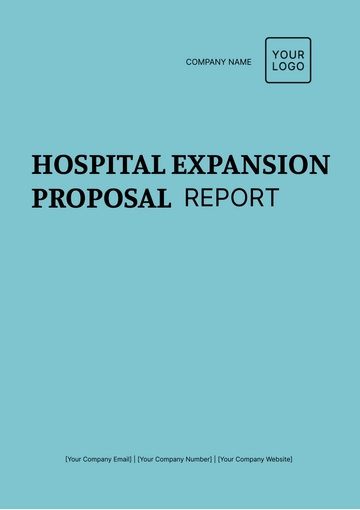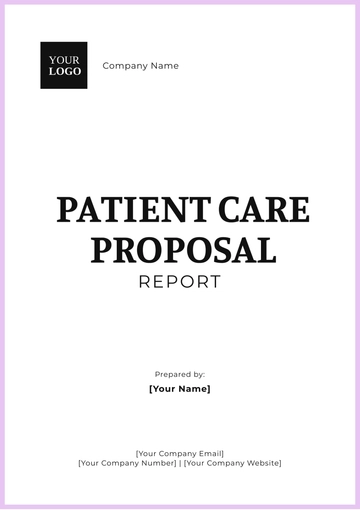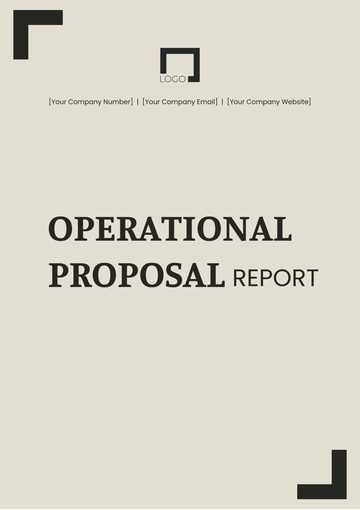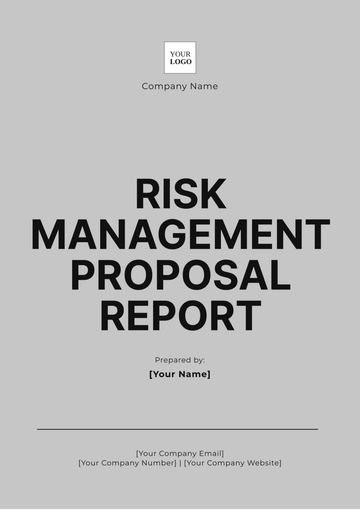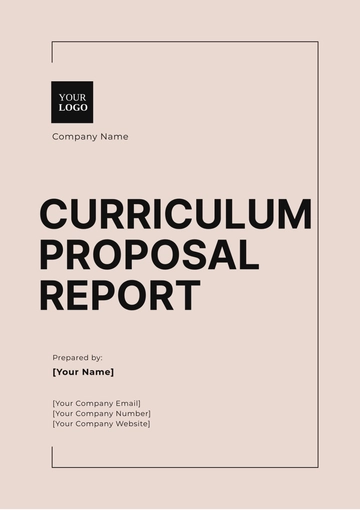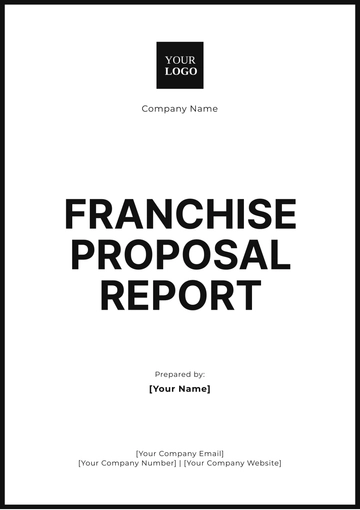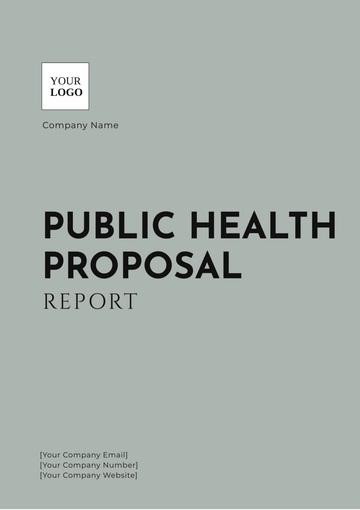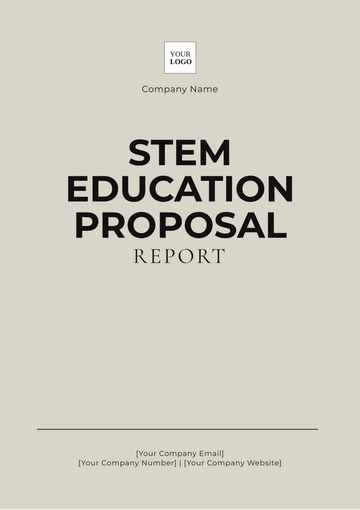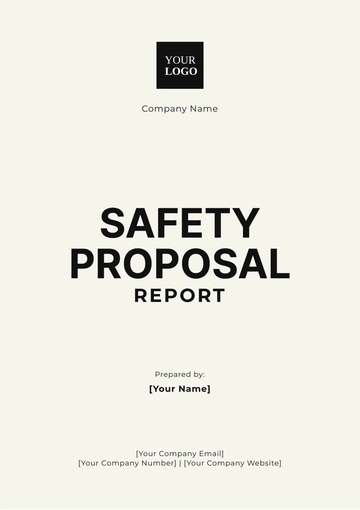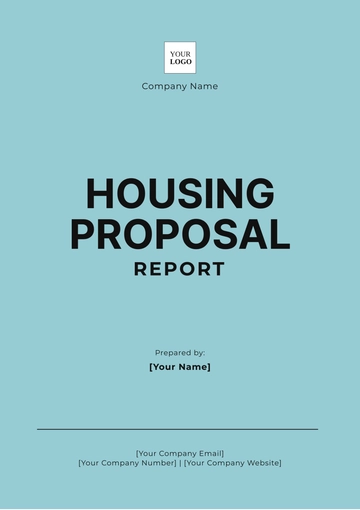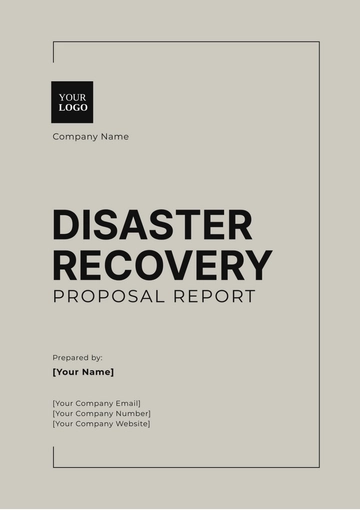Free STEM Education Proposal Report
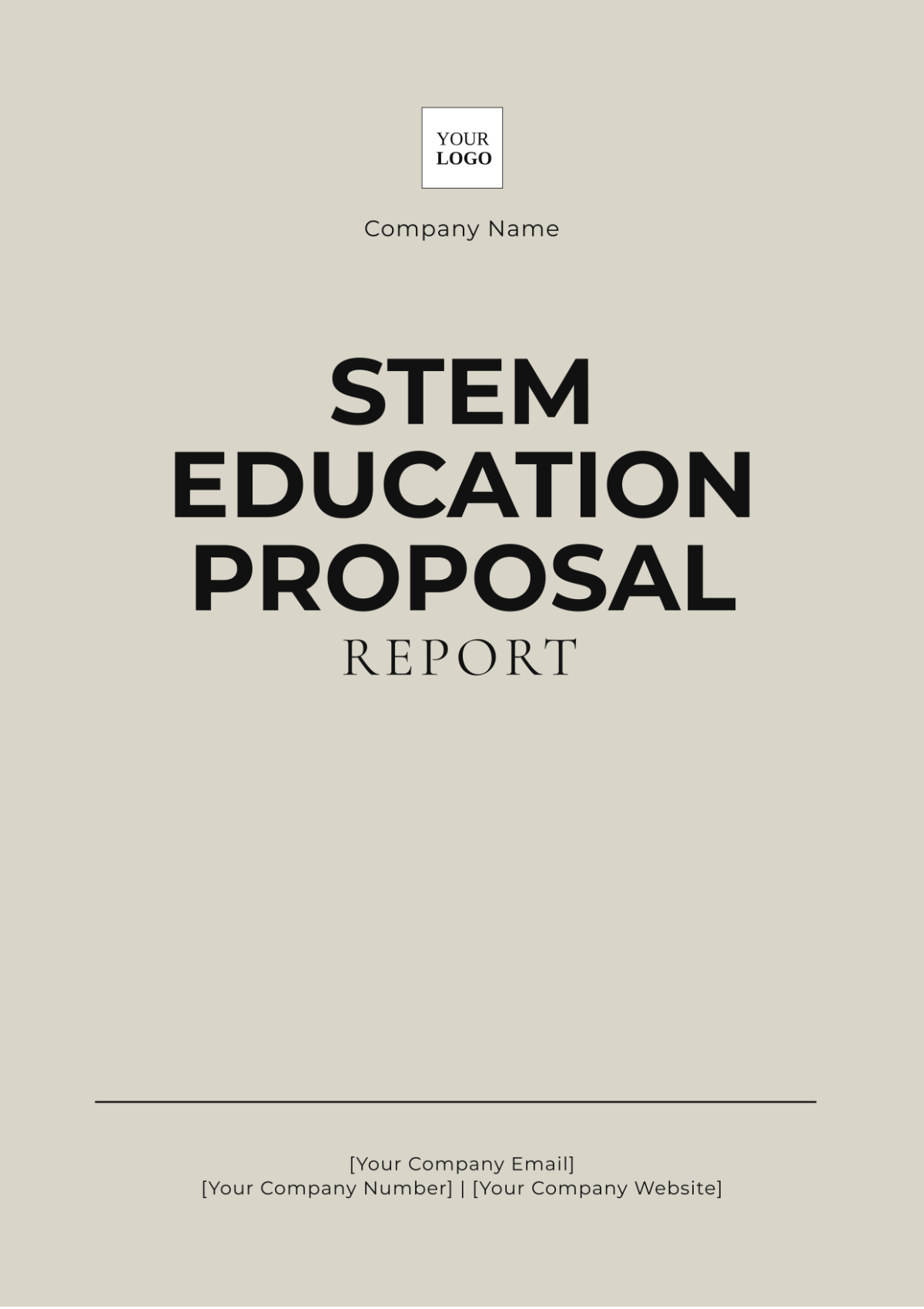
1. Executive Summary
This report provides a detailed plan for implementing or enhancing STEM (Science, Technology, Engineering, Mathematics) education programs. It outlines the objectives, methodologies, budgets, and anticipated outcomes essential for securing funding and support for the initiative.
2. Objectives
2.1 Short-term Objectives
Our short-term objectives focus on establishing a solid foundation for the STEM programs:
Identify and assess existing STEM resources and gaps in current education programs.
Develop a curriculum that integrates current STEM advancements and industry standards.
Train educators to effectively teach and inspire students in STEM fields.
2.2 Long-term Objectives
Long-term objectives aim to sustain and expand the STEM programs:
Ensure continuous improvement and updating of the STEM curriculum.
Establish partnerships with local businesses, universities, and technology firms.
Achieve measurable improvements in student performance and interest in STEM careers.
3. Methodologies
3.1 Curriculum Development
We will develop a comprehensive and flexible STEM curriculum that accommodates various learning styles and levels.
3.2 Teacher Training and Professional Development
Invest in continuous professional development programs for teachers to ensure they are up-to-date with the latest STEM teaching methods.
3.3 Partnerships and Collaborations
Forge strong partnerships with local businesses, higher education institutions, and industry professionals to provide students with real-world STEM experiences.
4. Budget
Category | Amount (USD) |
|---|---|
Curriculum Development | 50,000 |
Teacher Training | 25,000 |
Partnership Programs | 30,000 |
Technology and Resources | 40,000 |
Miscellaneous | 10,000 |
Total | 155,000 |
5. Anticipated Outcomes
5.1 Improved Student Performance
With a robust STEM curriculum, we anticipate significant improvements in students' STEM subject test scores and overall performance.
5.2 Increased Interest in STEM Careers
We expect a measurable increase in the number of students expressing interest in pursuing STEM careers, supported by surveys and enrollment figures in advanced STEM programs.
5.3 Strengthened Community Engagement
Through partnerships and community involvement, we aim to create a supportive environment for STEM education, fostering a network of mentors, resources, and opportunities for students.
6. Timeline
The implementation and enhancement of the STEM education programs will follow a structured timeline, with key milestones as outlined below:
Phase 1: Planning and Assessment (August 2050 - September 2050)
We will begin by assessing existing STEM resources and identifying gaps in the current education programs. This phase will involve developing a detailed project plan, which will set the foundation for subsequent phases.
Phase 2: Curriculum Development (October 2050 - December 2050)
Following the initial assessment, we will focus on designing and finalizing the STEM curriculum. This curriculum will incorporate the latest advancements and industry standards to ensure relevance and effectiveness.
Phase 3: Teacher Training (January 2050 - February 2050)
In this phase, we will develop and implement professional development programs for educators. The training will equip teachers with the latest STEM teaching methodologies and resources.
Phase 4: Partnership Building (March 2050 - May 2050)
We will work on establishing partnerships with local businesses, universities, and industry professionals to provide students with real-world STEM experiences.
Phase 5: Program Implementation (June 2050 - September 2050)
The STEM programs will be officially launched during this phase. This includes rolling out the new curriculum, resources, and training within schools.
Phase 6: Monitoring and Evaluation (October 2050 - Ongoing)
We will continuously monitor the progress of the programs, gather feedback from students and educators, and evaluate the impact on student performance and interest in STEM careers.
Phase 7: Continuous Improvement (November 2050- Ongoing)
Based on the evaluation results, we will make necessary updates to the curriculum, refine teacher training programs, and strengthen partnerships. This phase will begin following the initial evaluation and will continue on an ongoing basis to ensure the program’s sustainability and relevance.
7. Conclusion
This initiative seeks to establish a robust, sustainable STEM education program that will equip students with the skills and knowledge necessary to thrive in a technologically driven world. By securing funding and support, we can make significant strides in enhancing STEM education and preparing the next generation of innovators and leaders.
- 100% Customizable, free editor
- Access 1 Million+ Templates, photo’s & graphics
- Download or share as a template
- Click and replace photos, graphics, text, backgrounds
- Resize, crop, AI write & more
- Access advanced editor
Introducing the STEM Education Proposal Report Template from Template.net—your go-to solution for crafting professional reports effortlessly. Fully customizable and editable in our AI Editor Tool, this template simplifies your proposal creation with easy-to-use features. Tailor every detail to suit your needs and create a standout report with minimal effort.
You may also like
- Business Proposal
- Research Proposal
- Proposal Request
- Project Proposal
- Grant Proposal
- Photography Proposal
- Job Proposal
- Budget Proposal
- Marketing Proposal
- Branding Proposal
- Advertising Proposal
- Sales Proposal
- Startup Proposal
- Event Proposal
- Creative Proposal
- Restaurant Proposal
- Blank Proposal
- One Page Proposal
- Proposal Report
- IT Proposal
- Non Profit Proposal
- Training Proposal
- Construction Proposal
- School Proposal
- Cleaning Proposal
- Contract Proposal
- HR Proposal
- Travel Agency Proposal
- Small Business Proposal
- Investment Proposal
- Bid Proposal
- Retail Business Proposal
- Sponsorship Proposal
- Academic Proposal
- Partnership Proposal
- Work Proposal
- Agency Proposal
- University Proposal
- Accounting Proposal
- Real Estate Proposal
- Hotel Proposal
- Product Proposal
- Advertising Agency Proposal
- Development Proposal
- Loan Proposal
- Website Proposal
- Nursing Home Proposal
- Financial Proposal
- Salon Proposal
- Freelancer Proposal
- Funding Proposal
- Work from Home Proposal
- Company Proposal
- Consulting Proposal
- Educational Proposal
- Construction Bid Proposal
- Interior Design Proposal
- New Product Proposal
- Sports Proposal
- Corporate Proposal
- Food Proposal
- Property Proposal
- Maintenance Proposal
- Purchase Proposal
- Rental Proposal
- Recruitment Proposal
- Social Media Proposal
- Travel Proposal
- Trip Proposal
- Software Proposal
- Conference Proposal
- Graphic Design Proposal
- Law Firm Proposal
- Medical Proposal
- Music Proposal
- Pricing Proposal
- SEO Proposal
- Strategy Proposal
- Technical Proposal
- Coaching Proposal
- Ecommerce Proposal
- Fundraising Proposal
- Landscaping Proposal
- Charity Proposal
- Contractor Proposal
- Exhibition Proposal
- Art Proposal
- Mobile Proposal
- Equipment Proposal
- Student Proposal
- Engineering Proposal
- Business Proposal
